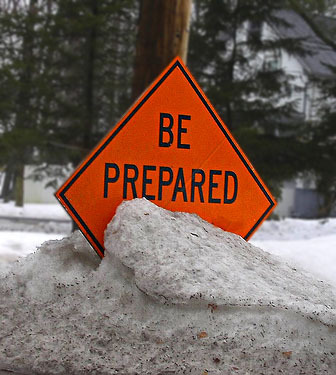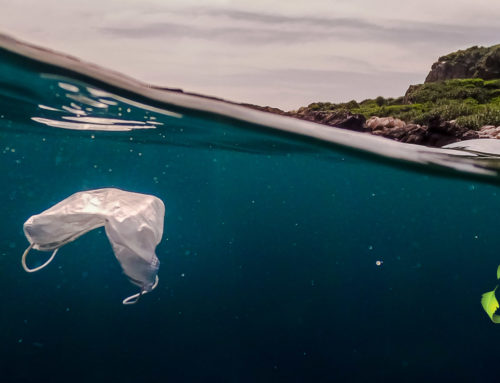[et_pb_section admin_label=”section”][et_pb_row admin_label=”row”][et_pb_column type=”4_4″][et_pb_text admin_label=”Text”]
The temperature is falling, the color is fading, the warm wind from the south has
shifted to the north – these  are all signs that our friend Old Man Winter will be making his annual appearance. For those of you fortunate enough to live in climates where winter means putting on a sweater at night to “take the chill out of the air,” or reducing the amount of SPF you put on before hitting the beach, we envy you, as 90% of the United States goes into hibernation in the coming weeks and months.
are all signs that our friend Old Man Winter will be making his annual appearance. For those of you fortunate enough to live in climates where winter means putting on a sweater at night to “take the chill out of the air,” or reducing the amount of SPF you put on before hitting the beach, we envy you, as 90% of the United States goes into hibernation in the coming weeks and months.
For those of us who are happy when the thermometer reaches 32° for the next few months, we still have plenty to keep us busy in the backyard before the snow starts to fly. Next to early spring when we do a majority of our planting, these final few months are critical to the life, color and well-being of our gardens. Just like we winterize our homes and cars, we as stewards of the earth, need to winterize our yards because freezing temperatures are not exactly what we call kind. The list of winter “musts” is not long, but vital to the survival for your backyard flora.
- Water thoroughly before the ground freezes.
 At first glance this may sound a bit odd, but cold temperatures bring very dry air, and once the ground freezes there is no reservoir of water for trees and shrubs to tap in to. This is especially important for evergreens. With no water and a cold winter, these plants can go into permanent dormancy, i.e. dead.
At first glance this may sound a bit odd, but cold temperatures bring very dry air, and once the ground freezes there is no reservoir of water for trees and shrubs to tap in to. This is especially important for evergreens. With no water and a cold winter, these plants can go into permanent dormancy, i.e. dead.
- Pruning.
 While it is recommended to cut back perennials down to about 6 or 8 inches, you should avoid pruning any trees or shrubs leading up to the winter, even if they look a bit shaggy. When we cut back, or prune, a tree, we do this to stimulate growth. If we prune late in the season and new buds begin to form, they will die, and potentially lead to the dreaded permanent dormancy example cited earlier.
While it is recommended to cut back perennials down to about 6 or 8 inches, you should avoid pruning any trees or shrubs leading up to the winter, even if they look a bit shaggy. When we cut back, or prune, a tree, we do this to stimulate growth. If we prune late in the season and new buds begin to form, they will die, and potentially lead to the dreaded permanent dormancy example cited earlier.
- The hose. This is probably the easiest thing you will do at the end of the year, but if you don’t, it will be
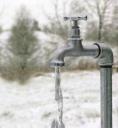 the most expensive gardening error you will ever make. Disconnect your garden hose and bleed the water out of the line. If you don’t, water will freeze in the hose and eventually split your water line leading into the house. If you don’t think this will cause that much damage, imagine leaving for work at 8 a.m. and turning on your hose full blast in your basement until you get home.
the most expensive gardening error you will ever make. Disconnect your garden hose and bleed the water out of the line. If you don’t, water will freeze in the hose and eventually split your water line leading into the house. If you don’t think this will cause that much damage, imagine leaving for work at 8 a.m. and turning on your hose full blast in your basement until you get home.
- Salt. Not good for your diet and not good for your plants. When reports come across the airwaves that
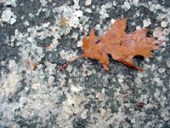 snow is on the horizon, there is a mad dash to home improvement stores to buy as much salt as your trunk will hold. The process then begins – shovel, salt, repeat, repeat, repeat. Whether it is the mind-numbing cold or just trying to get he job done, we often don’t think where we throw our shoveled snow. Let’s be honest here, we are a culture of excess, and we are often times a bit lazy – we over salt, hoping that we can eliminate one shoveling expedition. That 200 pounds of salt has to go somewhere, and many times we throw it into flower beds, only to wonder why nothing seems to grow in that area come spring. If at all possible, shovel snow to areas that do not contain plant material. Salt makes soil very acidic, inhibiting the ability to plants to absorb nutrients.
snow is on the horizon, there is a mad dash to home improvement stores to buy as much salt as your trunk will hold. The process then begins – shovel, salt, repeat, repeat, repeat. Whether it is the mind-numbing cold or just trying to get he job done, we often don’t think where we throw our shoveled snow. Let’s be honest here, we are a culture of excess, and we are often times a bit lazy – we over salt, hoping that we can eliminate one shoveling expedition. That 200 pounds of salt has to go somewhere, and many times we throw it into flower beds, only to wonder why nothing seems to grow in that area come spring. If at all possible, shovel snow to areas that do not contain plant material. Salt makes soil very acidic, inhibiting the ability to plants to absorb nutrients.
- Assess the situation. There are no failures in gardening, just lessons we can learn from. Grab a piece of paper, walk through your beds and write down the highs and lows of the season. If something didn’t quite work out, put a small stake near it and replant it come spring in another location. When spring has sprung, too many us hurry out to the local purveyor of plants with no shopping agenda. My advice is to follow the carpenters lead, measure twice, cut once. Go in with a game plan and you will save money and have a brilliant garden once Mother Nature is finished unleashing her frozen fury.
One final note. Mark your calendars for March 20th 2008 – the first day of spring!
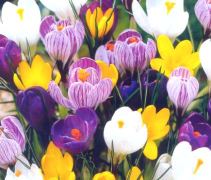
[/et_pb_text][/et_pb_column][/et_pb_row][/et_pb_section]


